| Structure | Name/CAS No. | Articles |
|---|---|---|
 |
Acetone
CAS:67-64-1 |
|
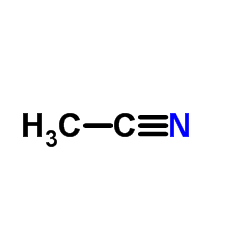 |
Acetonitrile
CAS:75-05-8 |
|
 |
Methanol
CAS:67-56-1 |
|
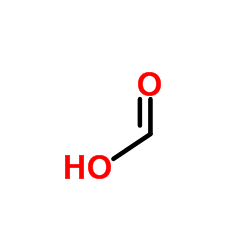 |
Formic Acid
CAS:64-18-6 |
|
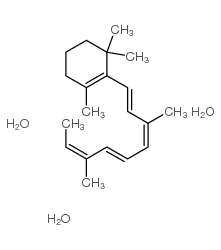 |
Rutoside Trihydrate
CAS:250249-75-3 |
|
 |
2-Methylpentanoic acid
CAS:97-61-0 |
|
 |
acetic acid
CAS:1173022-32-6 |
|
 |
acetic acid
CAS:64-19-7 |
|
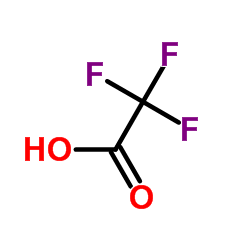 |
trifluoroacetic acid
CAS:76-05-1 |
|
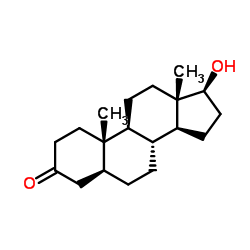 |
Stanolone
CAS:521-18-6 |